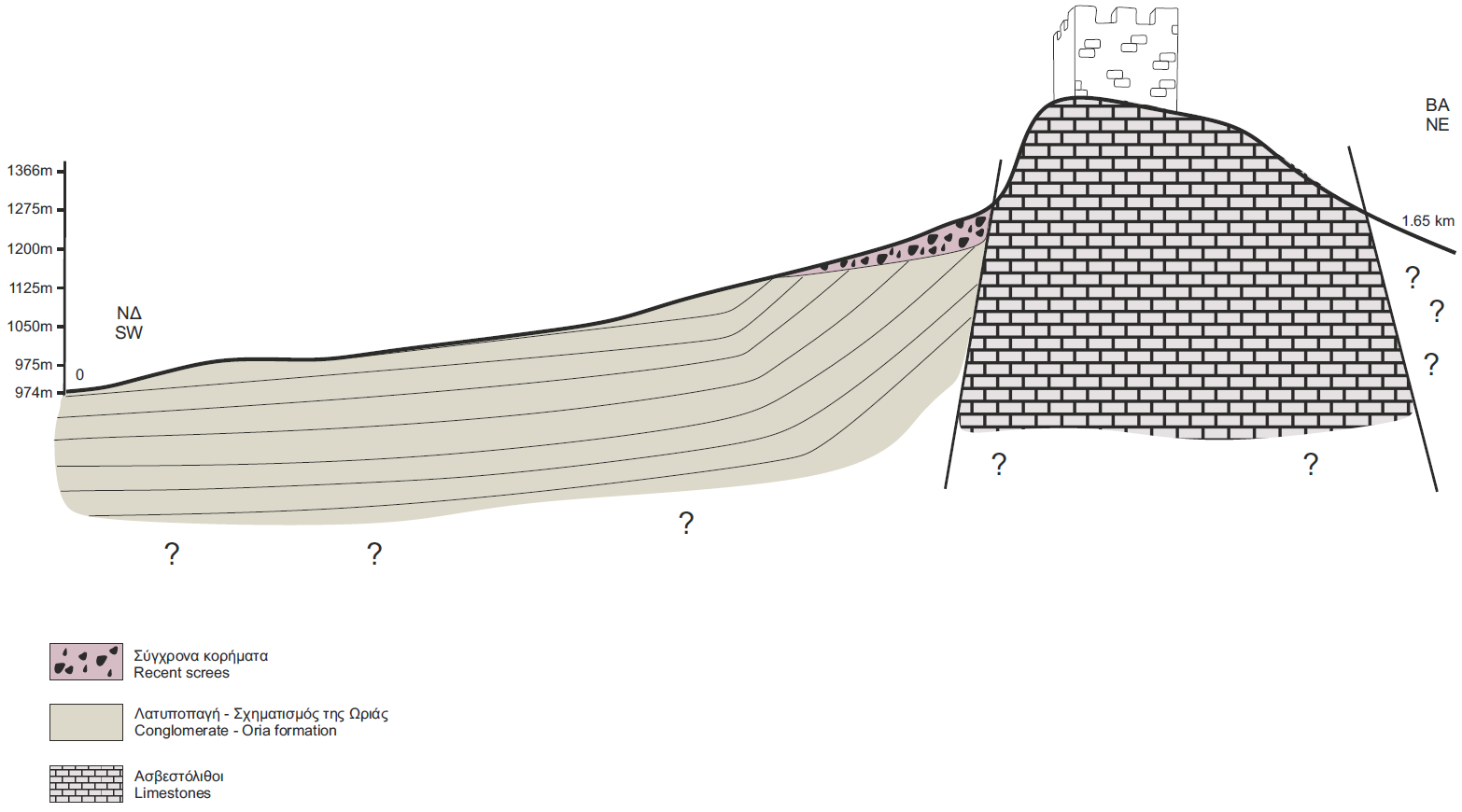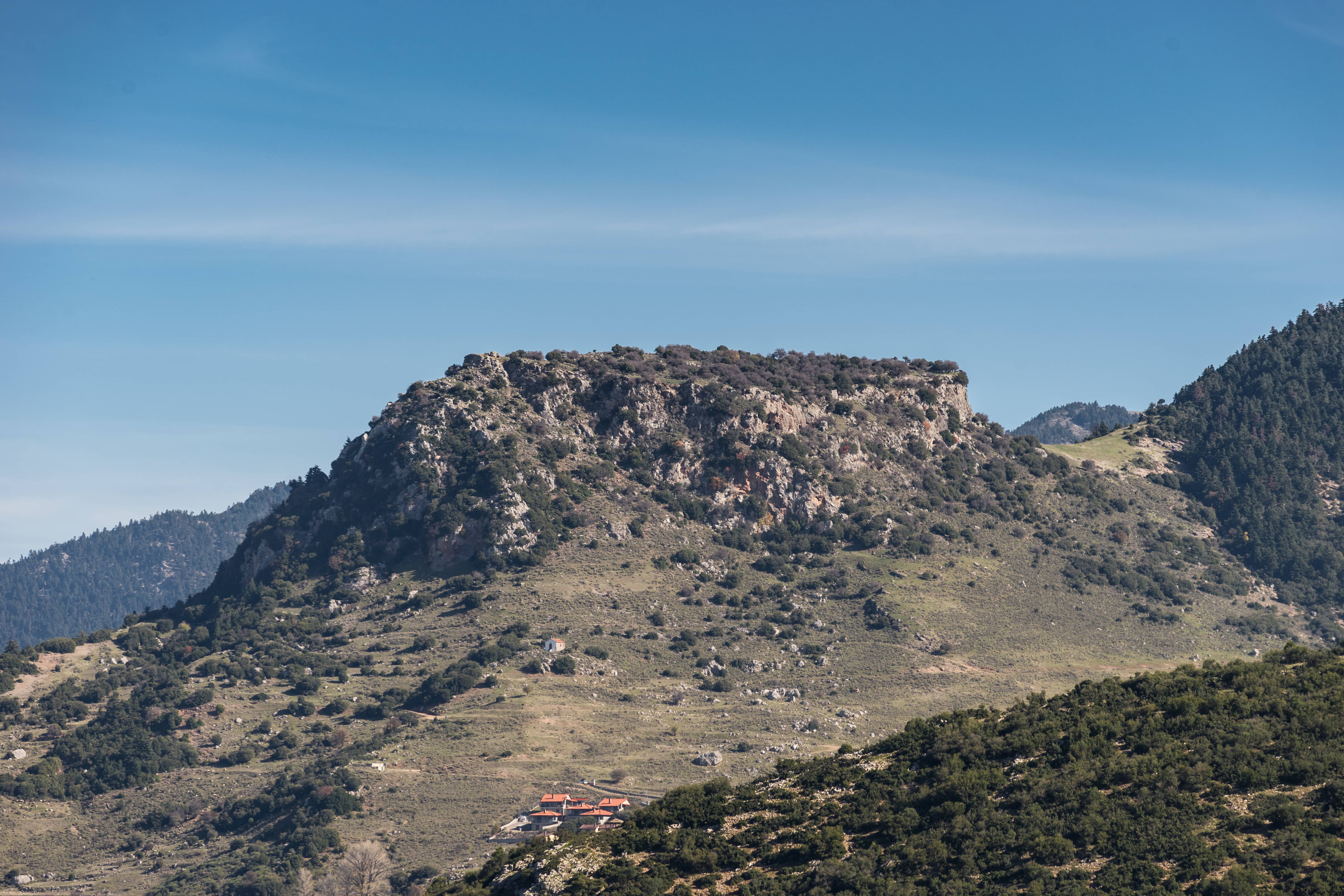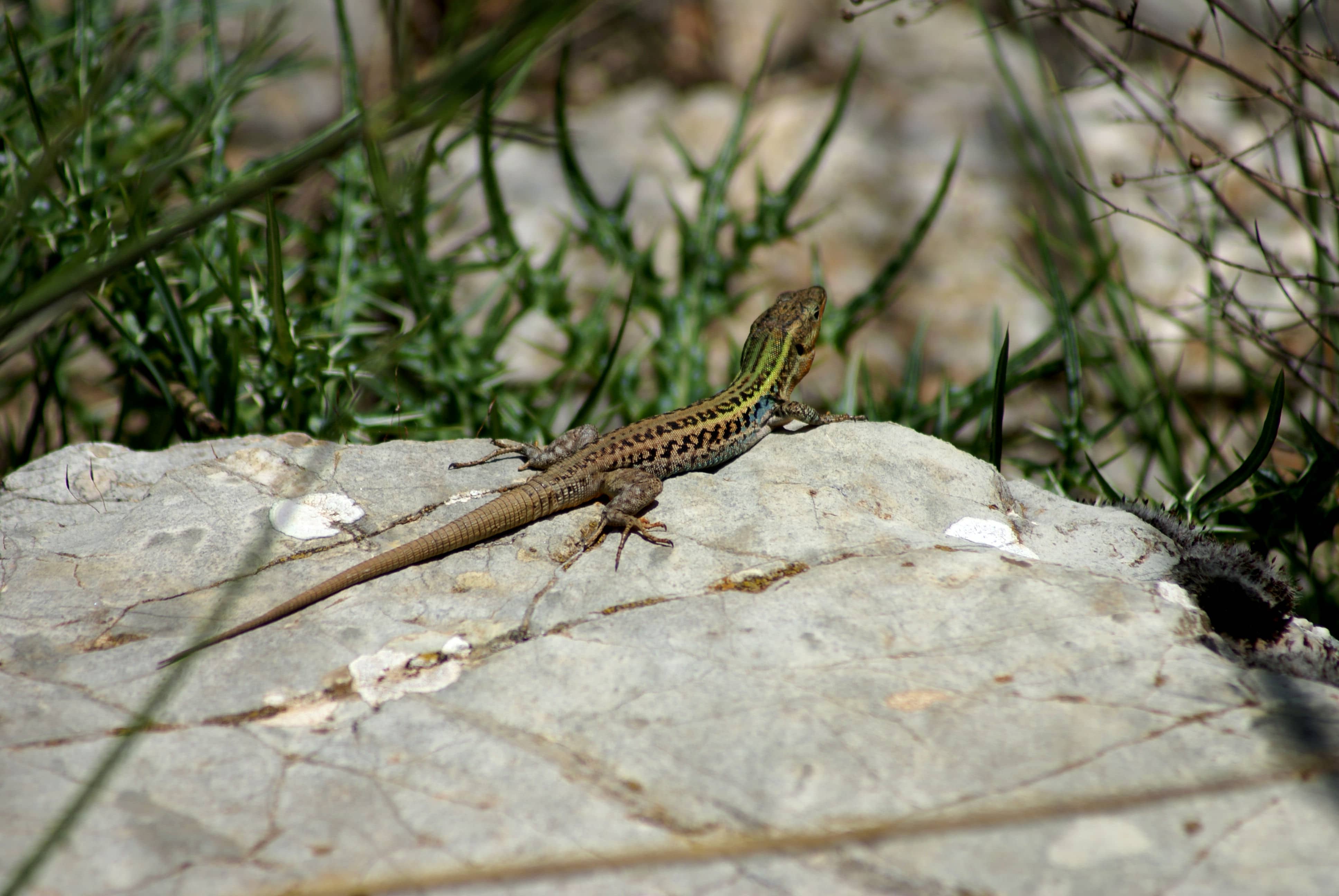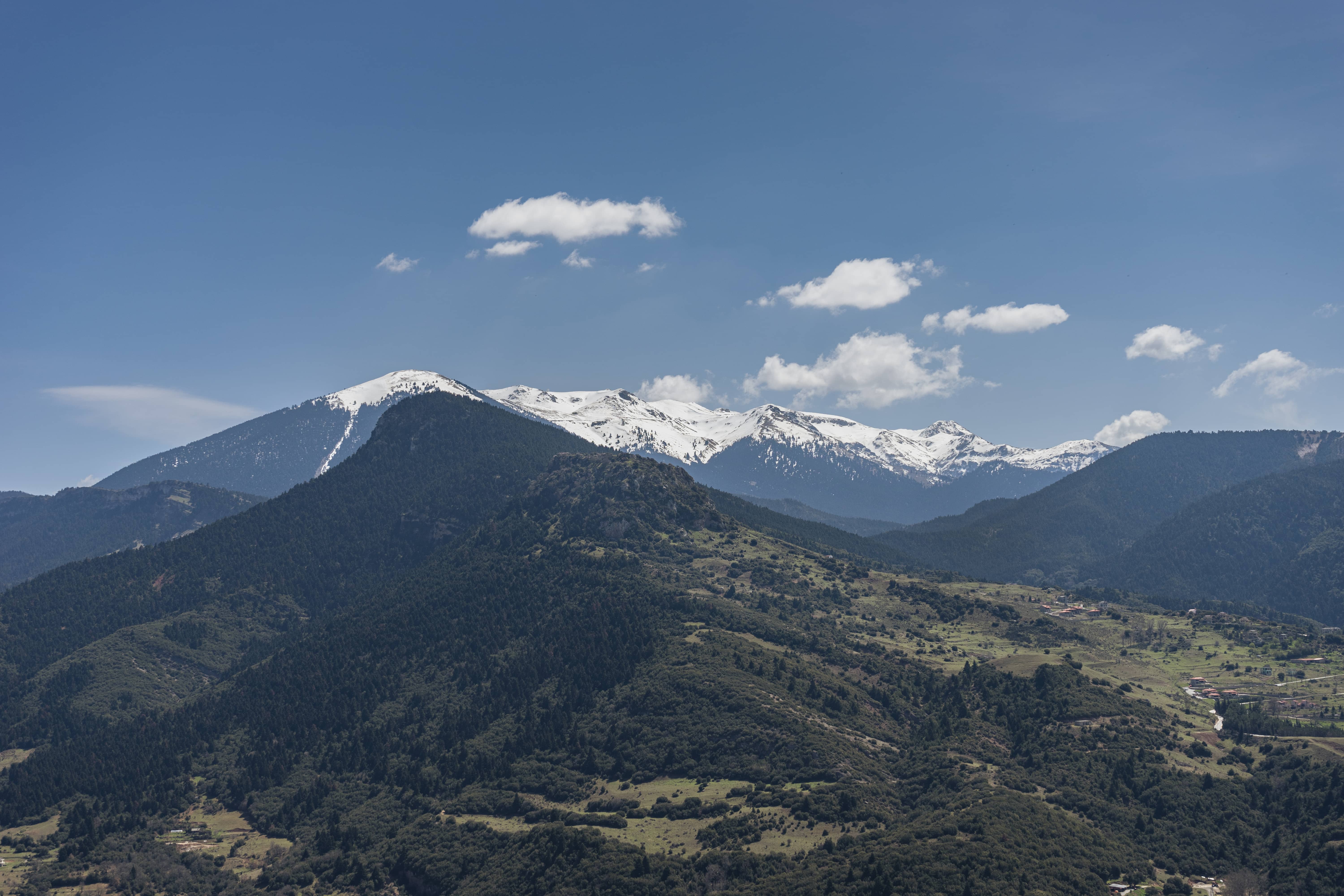THE ROCKY CASTLE
The Castle of Kalavryta or Castle of Oria was built during the period of the Latin domination of Peloponnese, by the first baron of Calabria, Othon de Tournay (Othon de Tournay), after 1208. Today only the ruins of the Castle can be found. The name Oria or Orgia means either a heroine or a beautiful woman. The name of the castle derives from legend. In 1460, Catherine Palaiologos, fell from the castle and was killed to avoid the Turks. On the NW side of the castle the Kapi hill and the Place of Sacrifice can be found. In this place, all the men of Kalavryta were executed by the German occupation forces during WWII on December 13, 1943.
Geodiversity
The castle was built on thick-bedded limestones and dolomites of Upper Triassic (228.7 million years ago) to Upper Eocene (33.9 million years ago) age, at an altitude of 1360 m. The flat geomorphology of the hill is possibly due to dissolution of the limestone by the action of water. Modern scree and talus cones (accumulated broken rocks) have been deposited around the hill. Around the screes the Oria Formation is found. It consists of siltstones with clay and sand intercalations. The rocks of this formation are of Middle Pleistocene age and have terrestrial, fluvial and lacustrine origin.
Biodiversity
The Geosite is located within the Protected Area “AISTHITIKO DASOS KALAVRYTON” (GR2320004) of the Natura 2000 network. The vegetation of the area is mainly characterized by Abies cephalonica forests, macchia vegetation, phrygana communities, grasslands and plantations with Pinus nigra subsp. pallasiana and Robinia pseudoacacia.
The area is located within the Special Protection Area (SPA) for avifauna “OROS CHELMOS (AROANIA)-FARANGI VOURAIKOU KAI PERIOCHI KALAVRYTON” (GR2320013) and includes birds of prey such as the Golden Eagle (Aquila chrysaetos), and the Eurasian eagle-owl (Bubo bubo).
Regarding the fauna of the area, important species are recorded that are either included in lists of endangered species and/or protected by Greek and international legislation, such as the lepidoptera Charaxes jasius, Cyaniris helena etc.




